The creation of his second masterpiece was still a couple of years away when, in 1969, Sly Stone launched into the pivotal year of his career, the 12 months in which his great leap forward gestated. During those 12 months he released his fourth studio album, and first masterpiece, Stand! That five-star summation of the multiracial, male-female Family Stone’s style mixed celebrations of life with songs whose sociopolitical thrust came in soul, R&B, rock, pop and jazz arrangements and the funk he’d given a hipped West Coast twist. It all seemed a glorious affirmation of the hopes held out by the decade just closing.
Sly topped that in August when the Family Stone’s set was one of the high points at the Woodstock Festival. Yet by December his sound-shifting, shape-changing single Thank You (Falettinme Be Mice Elf Agin) had intuited the darker days to come. Sly had discovered the Maestro Rhythm King drum machine which gave him greater control of the Family Stone sound and would gradually nudge the musicians to the peripheries, stoking up resentments and paranoia as the band slowly fragmented. Thereafter, the exuberance of the late-’60s music would give way to a muddier sound, and the lyrics were less open and inclusive. Moreover, his live appearances became persistently and provocatively unreliable as drugs sapped his creative juices. While he was making great records, he could just about get away with the contempt he seemed to be showing to paying customers; but when the recorded music lost its moxie, the audiences at his concerts slowly came to comprise eternal optimists and car-crash chasers.
It was a tragic, protracted coda to a decade-long imperial phase of dazzling brilliance. But when he shone, Sly Stone shone brighter than almost anyone. Formerly Sylvester Stewart, raised on gospel, fed a diet of doo wop, jazz, blues and R&B, as a DJ, songwriter, producer, singer and multi-instrumentalist, Sly’s unmatched grasp of soul, funk, pop and rock created a revolutionary cross pollination of sounds, drawing in both black and white audiences in a way that no other performer at the time managed. His seismic impact can be felt reverberating through funk, disco, house, R&B, hip hop, rock and pop to this day.
In tribute to Sly, who passed away last month aged 82, MOJO’s Geoff Brown and Stevie Chick remember the good times with a rundown of all of his albums. While we have included Edsel's The Autumn Records Story, which sweeps up a lot of Sly's pre-Family Stone compositions and productions, MOJO is drawing a veil over 2011’s I’m Back! Family And Friends, a scrapbook of remixes and all-star cover versions which included three new songs.
14.
Ain't But The One Way
(Warner Bros, 1982)

Begun as a collaboration with George Clinton, who bailed after quarrelling with Warners, Stone soon abandoned his final album to producer Stewart Levine to complete. It’s not as bad as its reputation – the Michael Jackson-aping L.O.V.I.N.U., introspective Sylvester and High Y’All’s joyful vamping on classic Family Stone hooks are all worth hearing. But a jazz-funk cover of The Kinks’ You Really Got Me is hard work
13.
Heard Ya Missed Me, Well I’m Back
(Epic, 1976)
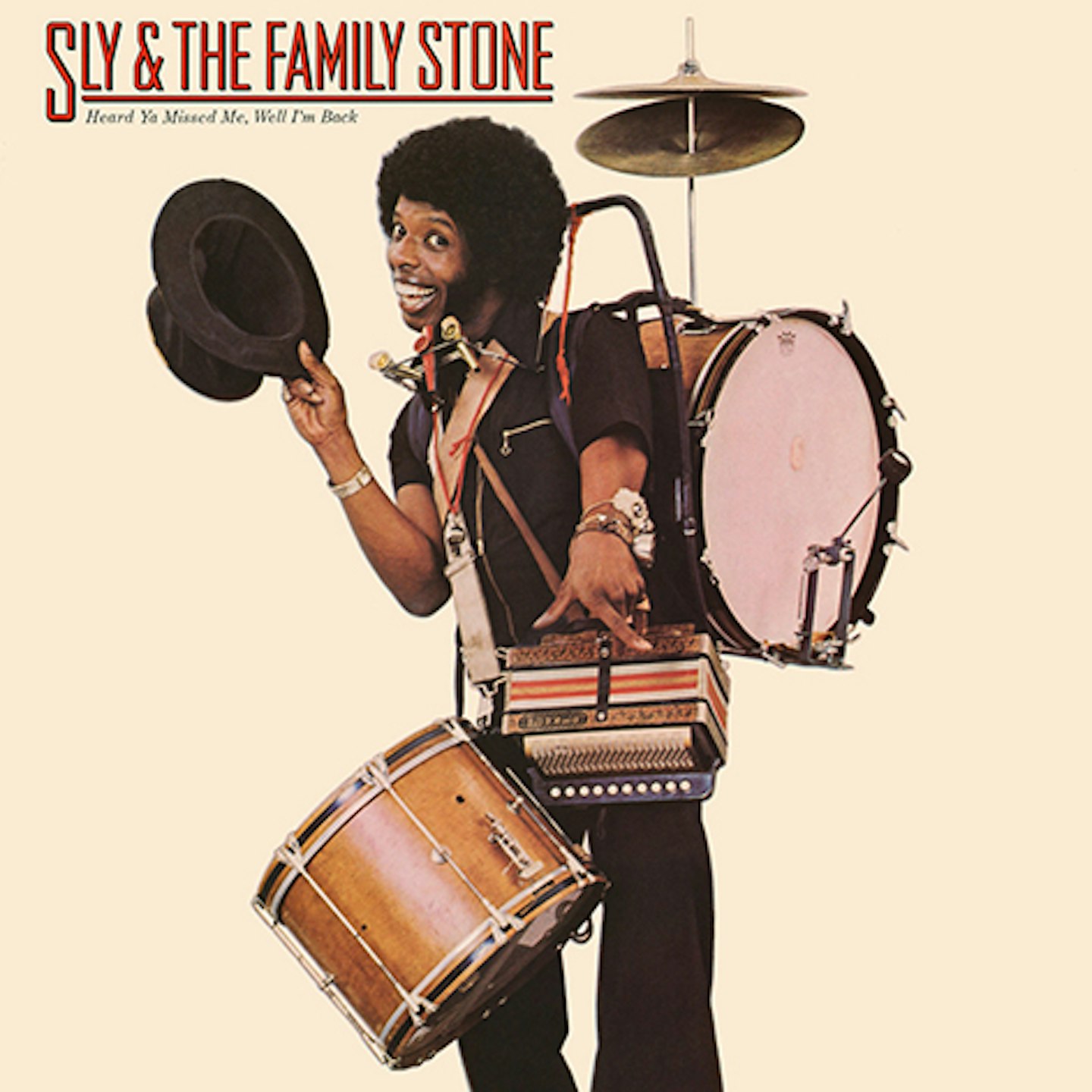
This purported Family Stone reunion fielded only Cynthia Robinson from the founding line-up. And while one-man-band Sly sounds brighter and more plugged-in than on 1975's High On You, the songwriting’s often uninspired. The spooky grooves of The Thing could be Funkadelic, while the title track’s Latin kitsch – with Stone declaring “Here I am, alive, and in living colour” – is playful and irresistible. However, the album’s closing chorus – “It feels like family again” – sounds disingenuous.
12.
High On You
(Epic, 1975)
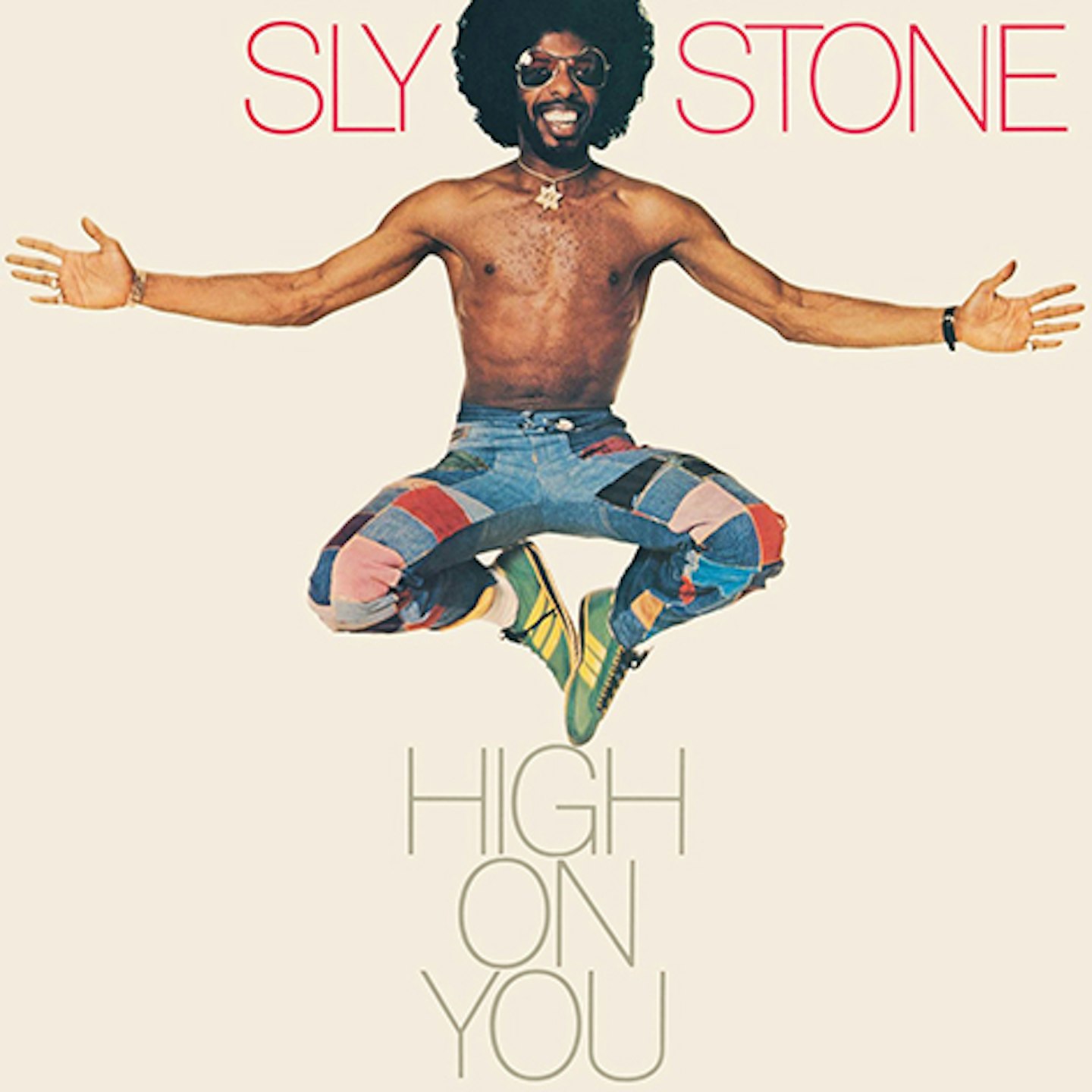
Stone seemed disinclined to use his solo debut for creative rebirth. High On You features Family members Robinson, Jerry Martini and Freddie Stone, as Sly seems focused on rekindling past triumphs. Indeed, the synth-driven funk of the title track and Crossword Puzzle’s bristling, brassy groove are peak Sly, while Organize’s line about how “a drug is a drag if you’re draggin’” offered a rare moment of clarity amid the chaos.
11.
Back On The Right Track
(Warner Bros., 1979)

As Stone worked on his first album for new paymasters Warners, Prince was in the adjacent studio recording his debut LP. Did proximity to funk’s precocious next figurehead light a fire under the veteran? Back On The Right Track is easily Stone’s finest since Small Talk, thanks to the Rhodes-driven confessions of Remember Who You Are and talk-box-abusing strut of The Same Thing (Makes You Laugh, Makes You Cry).
10.
Various
The Autumn Records Story
(Edsel, 1986)
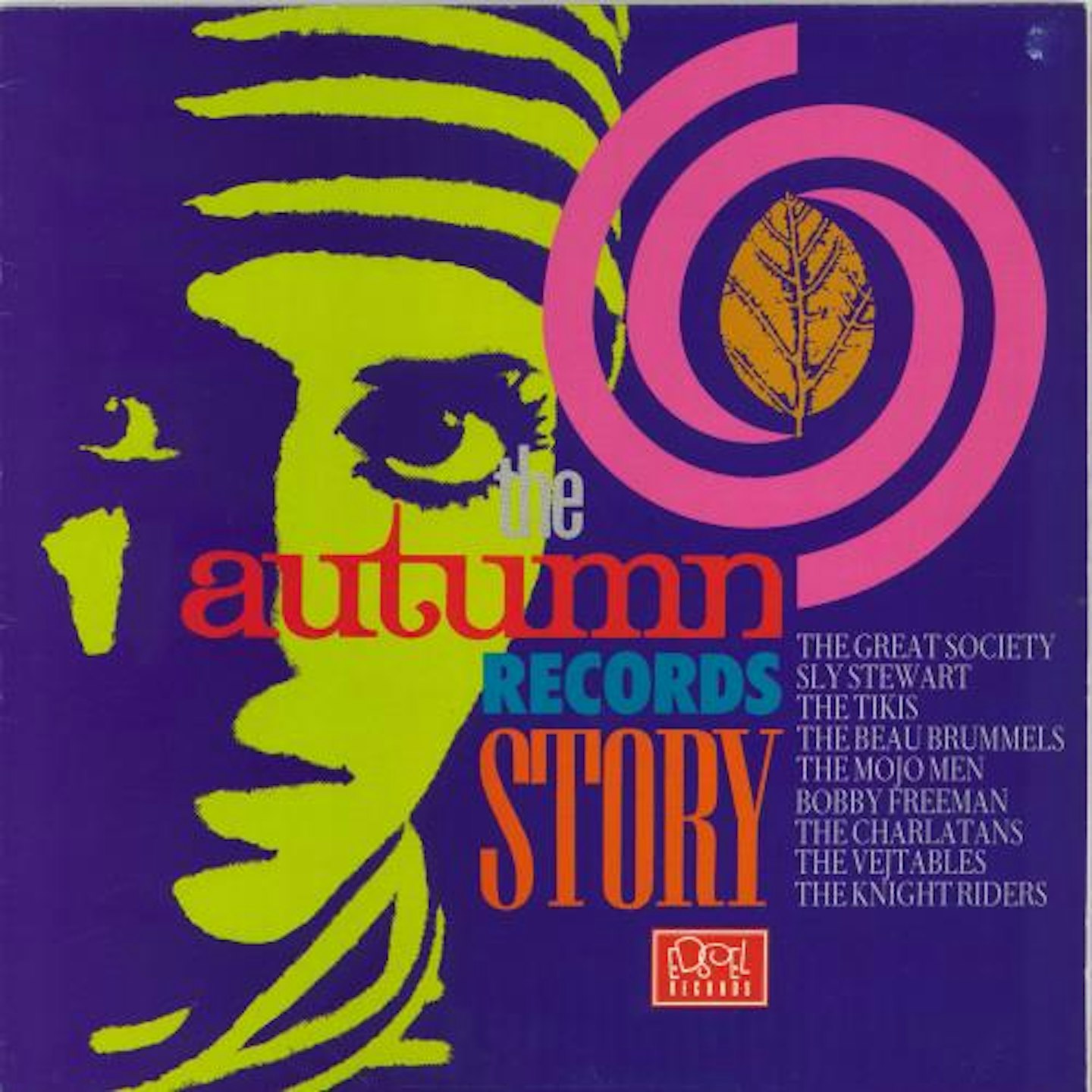
Included on this compilation of tracks from a San Francisco label, owned by local DJ Tom Donahue, are several mid-’60s productions by Sly Stewart, aka Sylvester Stewart, who was also a Frisco DJ back then. The tracks that announce his arrival capture the energy of the era and range from The Mojo Men’s raucous, garagey She’s My Baby to Bobby Freeman’s Cmon And Swim (Part 1) and S-W-I-M. Although only dance-craze cash-ins, Sly finds the best in Freeman’s tone – a little like the twistin’ Sam Cooke, in fact. Elsewhere, Sly makes an appearance as an artist, again under the Sly Stewart moniker, Buttermilk, an organ-led instrumental with a strong bass line and mouth-harp solo, being the best.
9.
Sly And The Family Stone
A Whole New Thing
Epic, 1967

It’s doubtful if Epic realised quite what a New Thing they were unleashing on this debut. Even now, the Family Stone sounds an impressively tight and well-drilled unit, standing at the crossroads of funk, rock and soul, ready to head off in all musical directions at once. From the war dance drums-and-horns riff of If This Room Could Talk to the pop catchiness of Run, Run, Run and the frantic soul revue tribute of Turn Me Loose, there are constant changes of tone and tempo – Larry Graham’s bass, and bass vocal, anchors the ballad Let Me Hear It From You and less successful hard hitter Bad Risk. Advice is good, but the weirdness and paranoia of later is apparent in I Hate To Love Her, Bad Risk and Dog.
8.
Various
I’m Just Like You: Sly’s Stone Flower
(Light In The Attic, 2014)
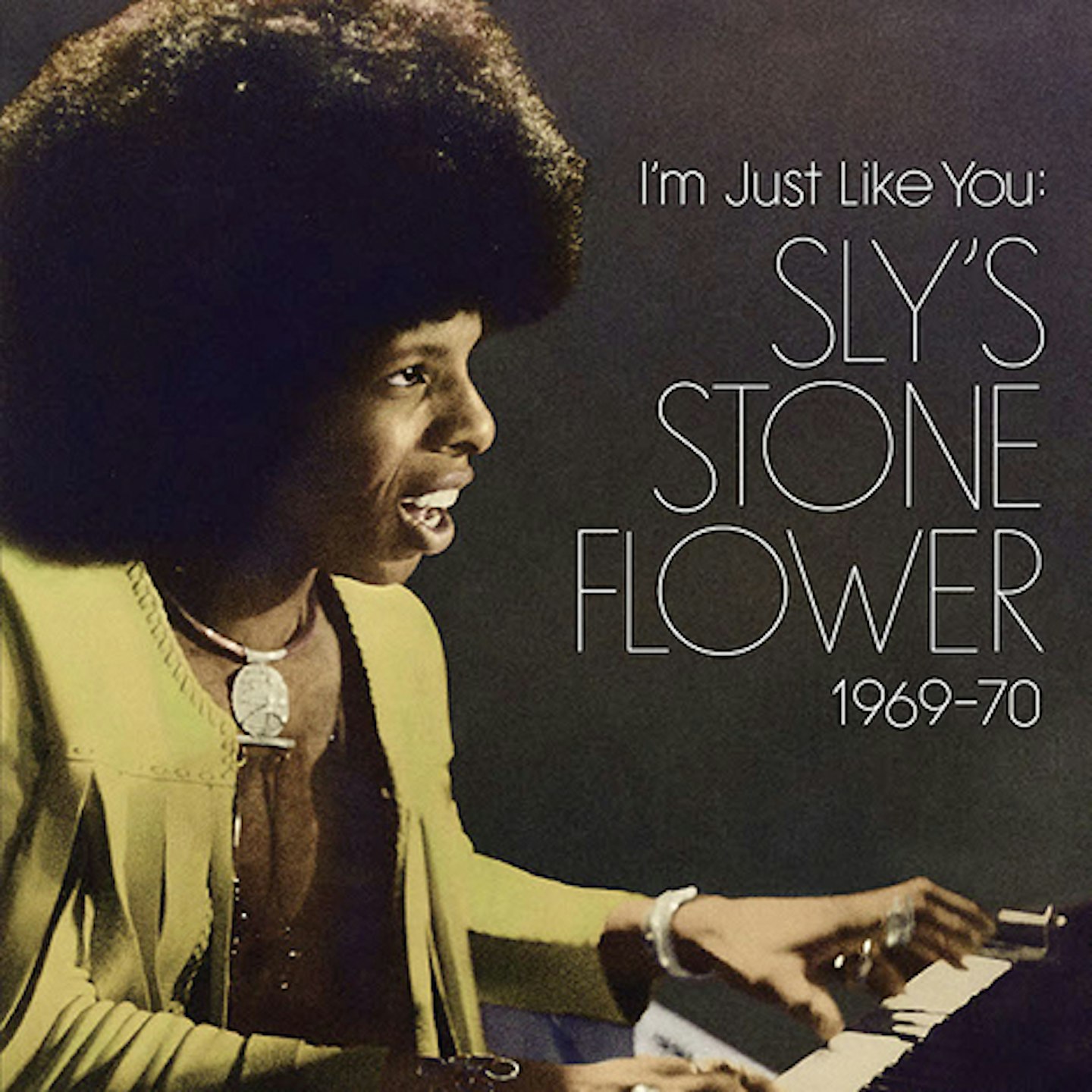
A rare plant that bloomed for just two years, Stone Flower Records launched in 1969 and grew out of the production company Sly and manager David Kapralik had set up two years earlier. It featured four singles, all here, by three acts – Little Sister, including his sibling Vaetta, the strong soul singer Joe Hicks and multi-racial sextet 6ix – to which this CD adds 10 previously unreleased tracks. Sly’s fingerprints are all over the music – Little Sister B-side Stanga hits the groove; 6ix sound looser on You Can, We Can; Hicks’s Life & Death In G & A finds him in There’s A Riot… territory and Sly’s stoned funk, pop and soul productions here clearly parallel his concurrent work on that album.
7.
Sly And The Family Stone
Small Talk
(Epic, 1974)

Kathleen Silva, briefly Sly’s wife, and son Sylvester Jr, are pictured on the sleeve of an LP that mixes ruminations on family (title tracks, Mother Beautiful) with superior tracks of Stone power – notably the driving start to side two, in old vinyl money, Loose Booty and Holdin’ On, and a later, frantic, Livin’ While I’m Livin’. But gentler vibes are the norm (Wishful Thinkin’; a lovely doo wop closer This Is Love). “Time for changin’, rearrangin’,” Sly sings in his final US Top 40 hit single Time For Livin’. Sadly, there is no new direction. A track like Can’t Strain My Brain, despite its jauntiness, suggests the artistic lassitude that would, after 1975’s so-so solo album High On You, consume the next 40 years.
6.
Sly And The Family Stone
Higher!
(Sony/Legacy, 2013)
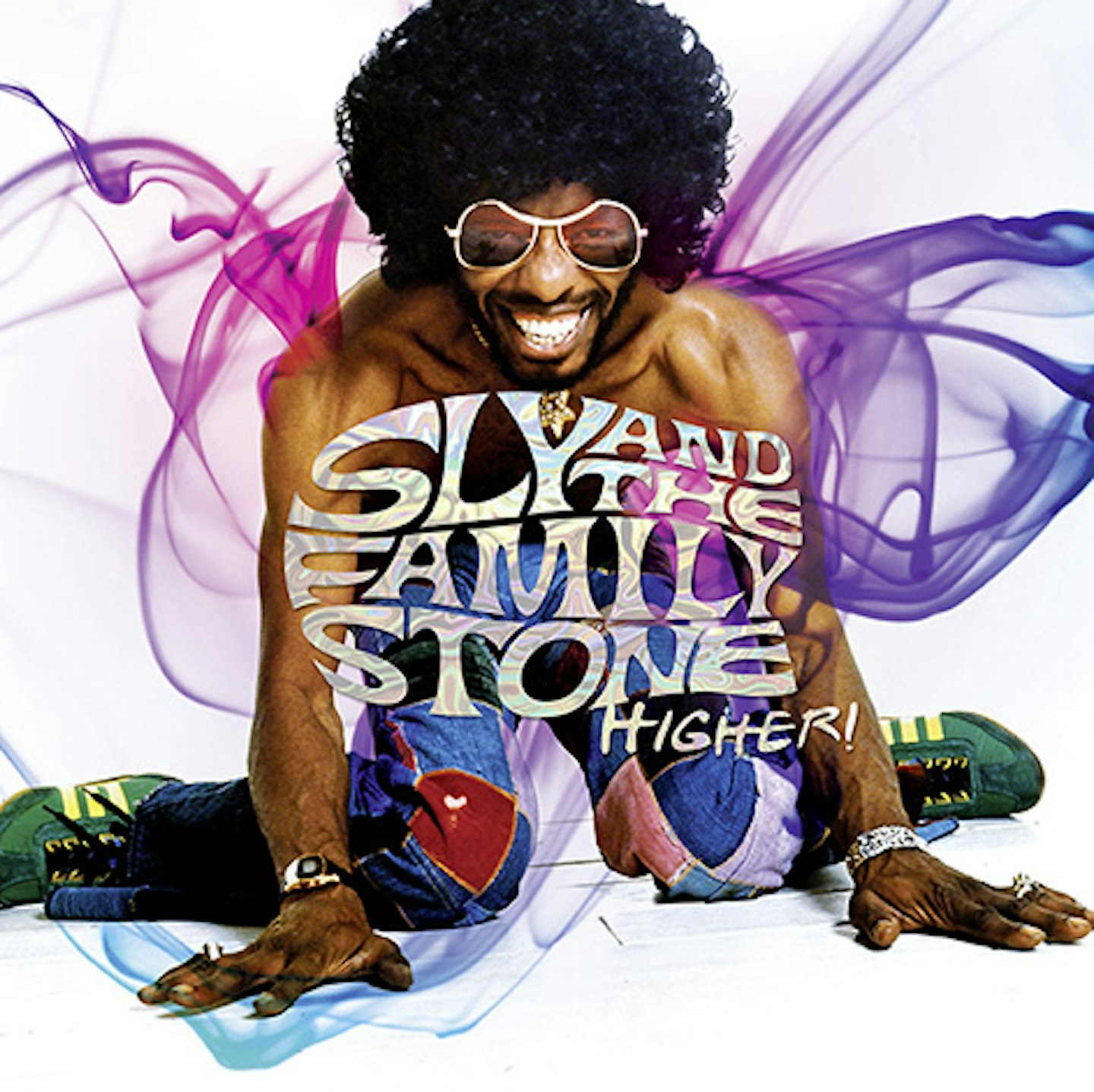
Of several available ‘best ofs’, Higher! is the classiest and comes in two sizes. First, a 17-track digest with three unreleased songs (What’s That Got To Do With Me, I Remember, and You’re The One, taped live on Don Kirshner’s Rock Show), plus singles edits, mono mixes and another live track from the Isle Of Wight (1971). If that merely whets your appetite rather than satisfying it, there’s a fascinating 77-track 4-CD/8-LP box with 13 more previously unreleased songs, plus more of the other type extras. You’ll be reminded why you dug Sly in the first place and, indeed, taken higher. Of other comps, Spaced Cowboy (2009, 2 discs) and Dynamite!, (2011, 22 songs) are Sony/Camden budget CDs.
5.
Sly And The Family Stone
Life
(Epic, 1968)
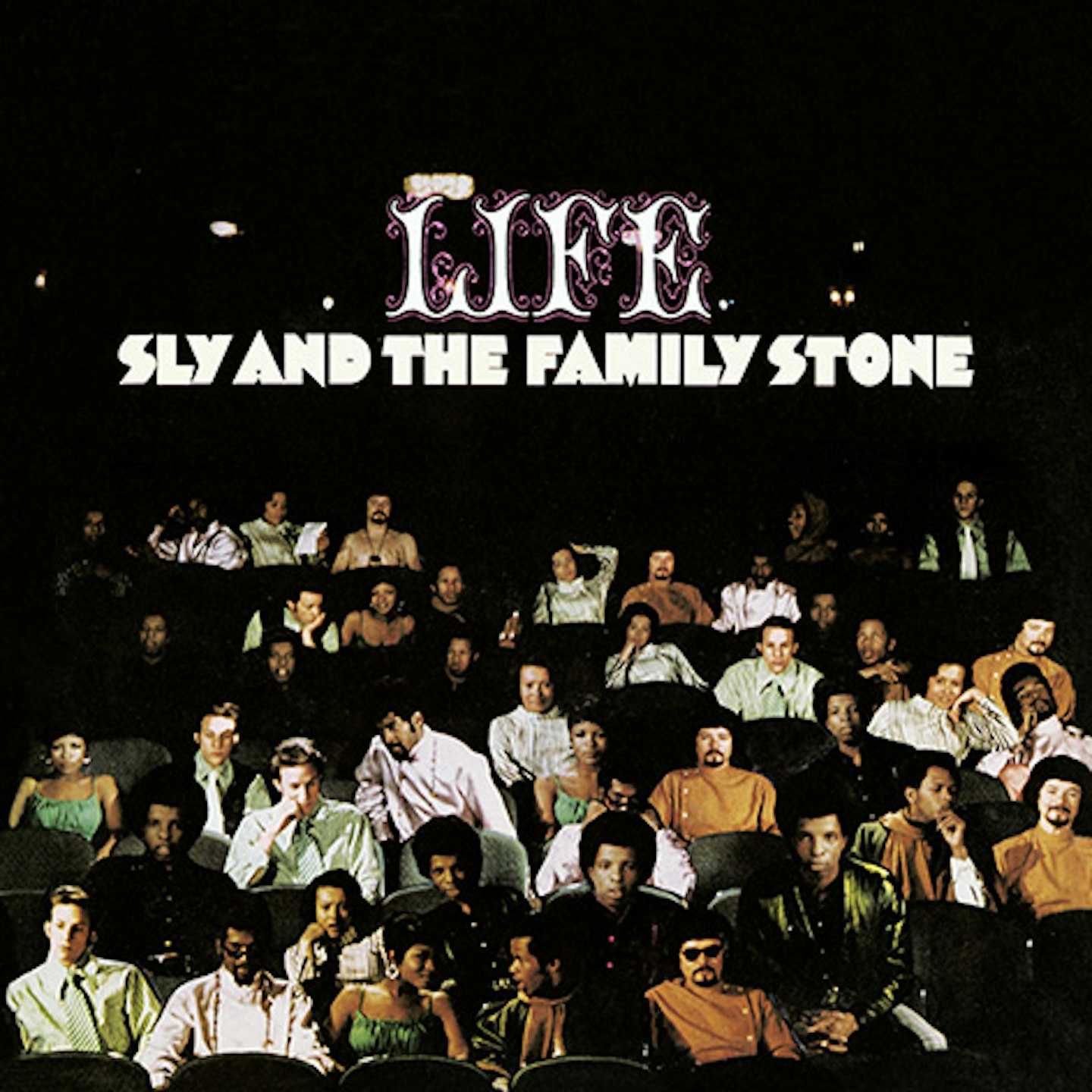
Released in the slipstream of Dance To The Music, the Family Stone’s third album is often overlooked in the story but has plenty of surprises and is a strong stepping stone (no pun etc) to Stand! Sure, opening track Dynamite! quotes from Dance and Plastic Jim reworks Eleanor Rigby’s “all the lonely people” refrain rather baldly, but Chicken clucks and pecks its funk around the yard, while the contrasting grooves of Fun (fast) and Into My Own Thing (midtempo) show off the band’s tight interplay. An exuberant M’Lady and title track, the album’s two US Top 100 hits, are solid pathways from Dance To The Music to I Want To Take You Higher; Jane Is A Groupee is the caustic, cautionary closer.
4.
Sly And The Family Stone
Dance To The Music
(Epic, 1968)
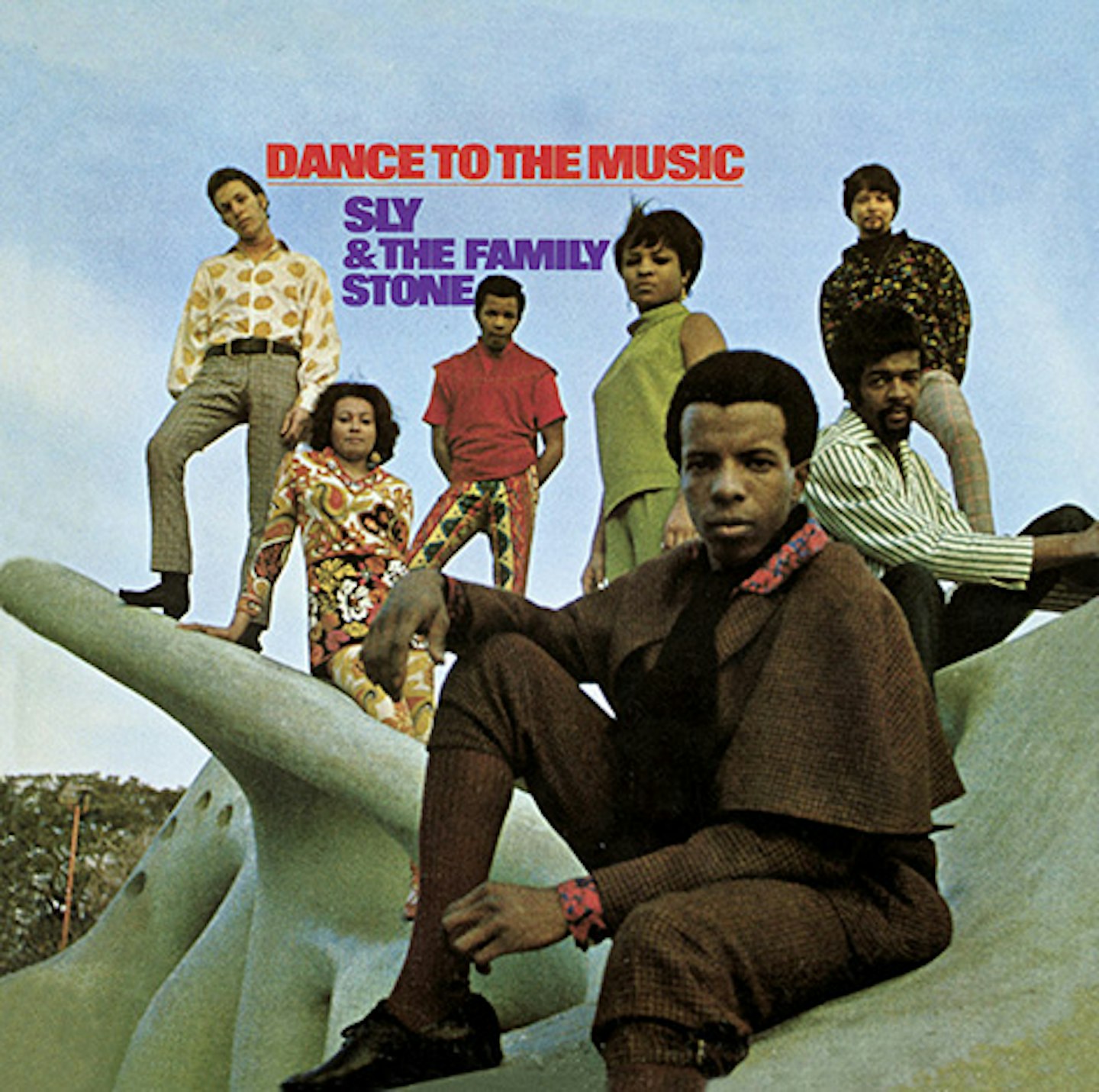
As a DJ in San Francisco, Sly knew how to programme a radio show and responded to Epic’s request for a more commercial record for the second Family Stone album with this first classic in the catalogue. “All the squares go home!” the title track shouts, a theme expanded on in the 12-minute three-part Dance To The Medley, full of multi-instrumental dexterity, vocal variety from doo wop and scat to James Brown get-down riffing. The track Higher has the prototype of the chorus to I Want To Take You Higher; Music Lover, part three of the Medley, sends the Higher idea into outer space; strong ensemble playing throughout.
3.
Sly And The Family Stone
Fresh
(Epic, 1973)
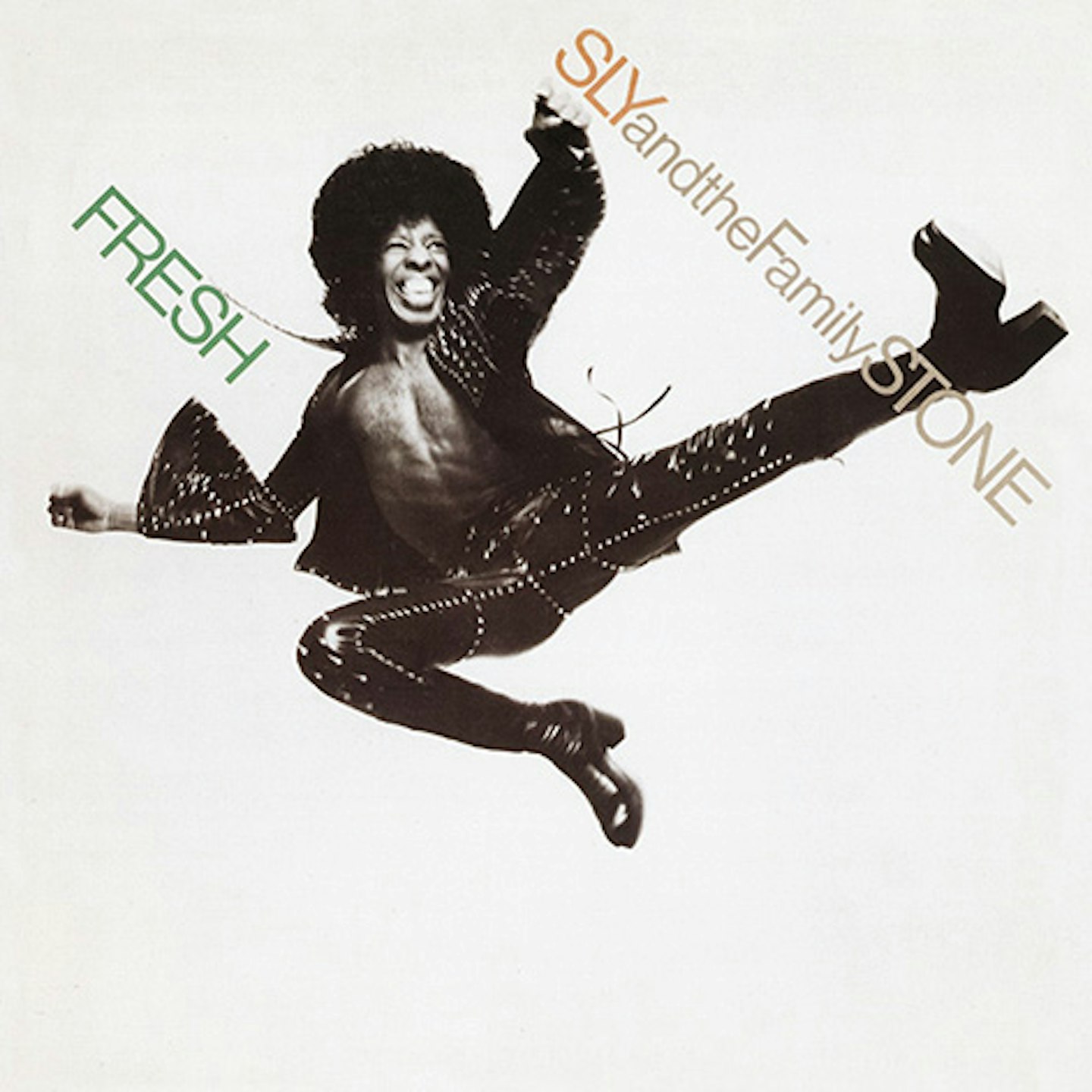
The Larry Graham/Greg Errico rhythm section had left in the fall-out from the heavy drug scene coalescing around Sly, and this broadly self-referential set of songs that followed is an honest portrait of the state he’s in. “Put a little tickle on the jones’s head/Turn off the light and go to bed,” he sings in Frisky. There may be hope in Thankful ’N’ Thoughtful, but a Doris Day cover, Que Sera, Sera (Whatever Will Be, Will Be), and If You Want Me To Say suggest Sylvester Stewart had his hat and coat on and was ready to turn off the studio lights after making this final essential LP. Richard Avedon’s cover shot of Sly’s energetic ‘leap’ is misleading. He was actually prone, laying down flat on a glass table. All the signs were there.
2.
Sly And The Family Stone
Stand!
(Epic, 1969)
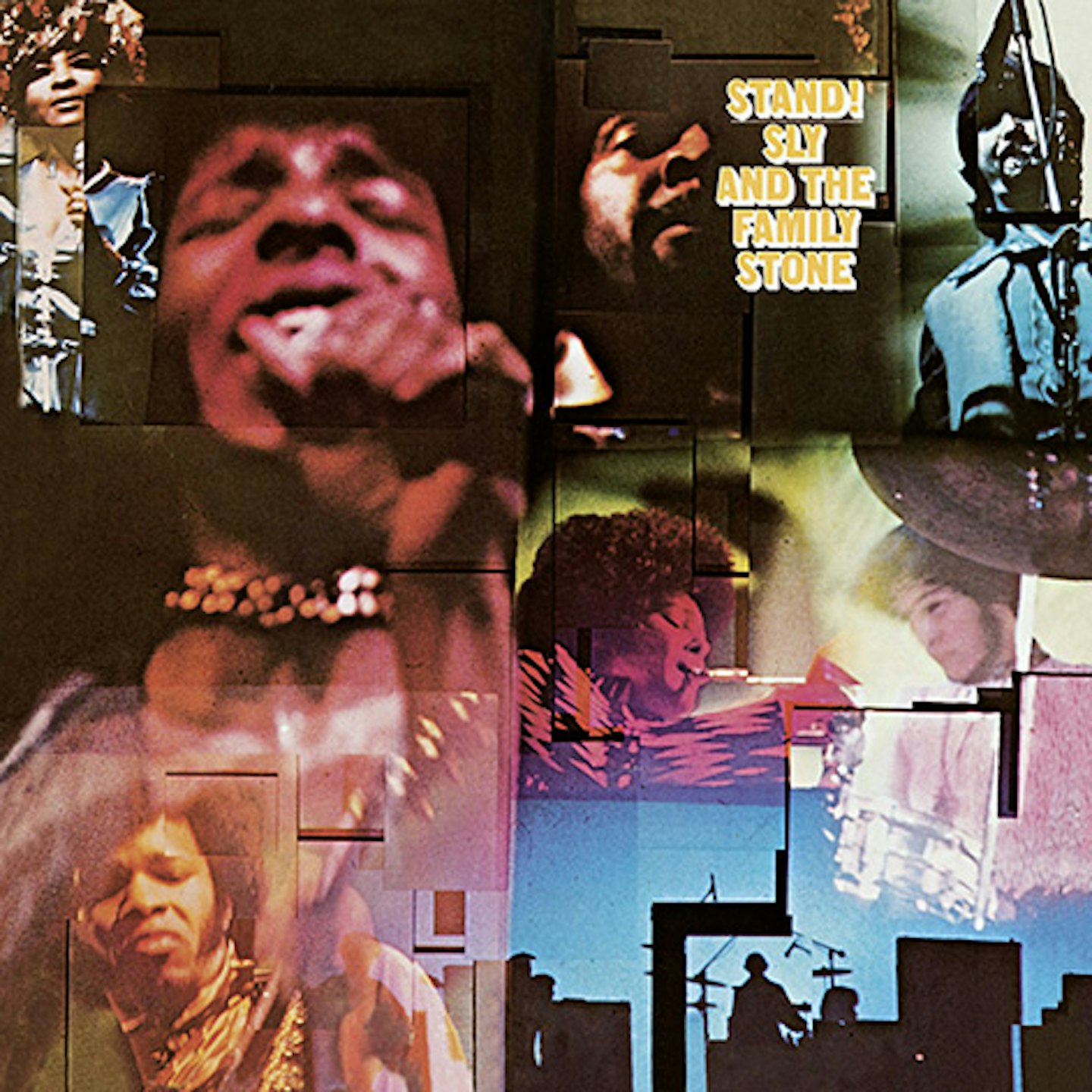
The first five-star album in Sly’s briefly productive, starkly parabolic career. Highlighted by its anthemic hits which emphasise the multiracial, men-women nature of the band – the drive of I Want To Take You Higher, the Number 1 hit Everyday People, Sing A Simple Song and the uprightly defiant title track – Stand! also boasted successful experimental tracks, notably two which lean on treated vocals – Don’t Call Me Nigger, Whitey, a fine funk workout, and the 13-minute Sex Machine, essentially a band instrumental.
1.
Sly And The Family Stone
There’s A Riot Goin’ On
(Epic, 1971)
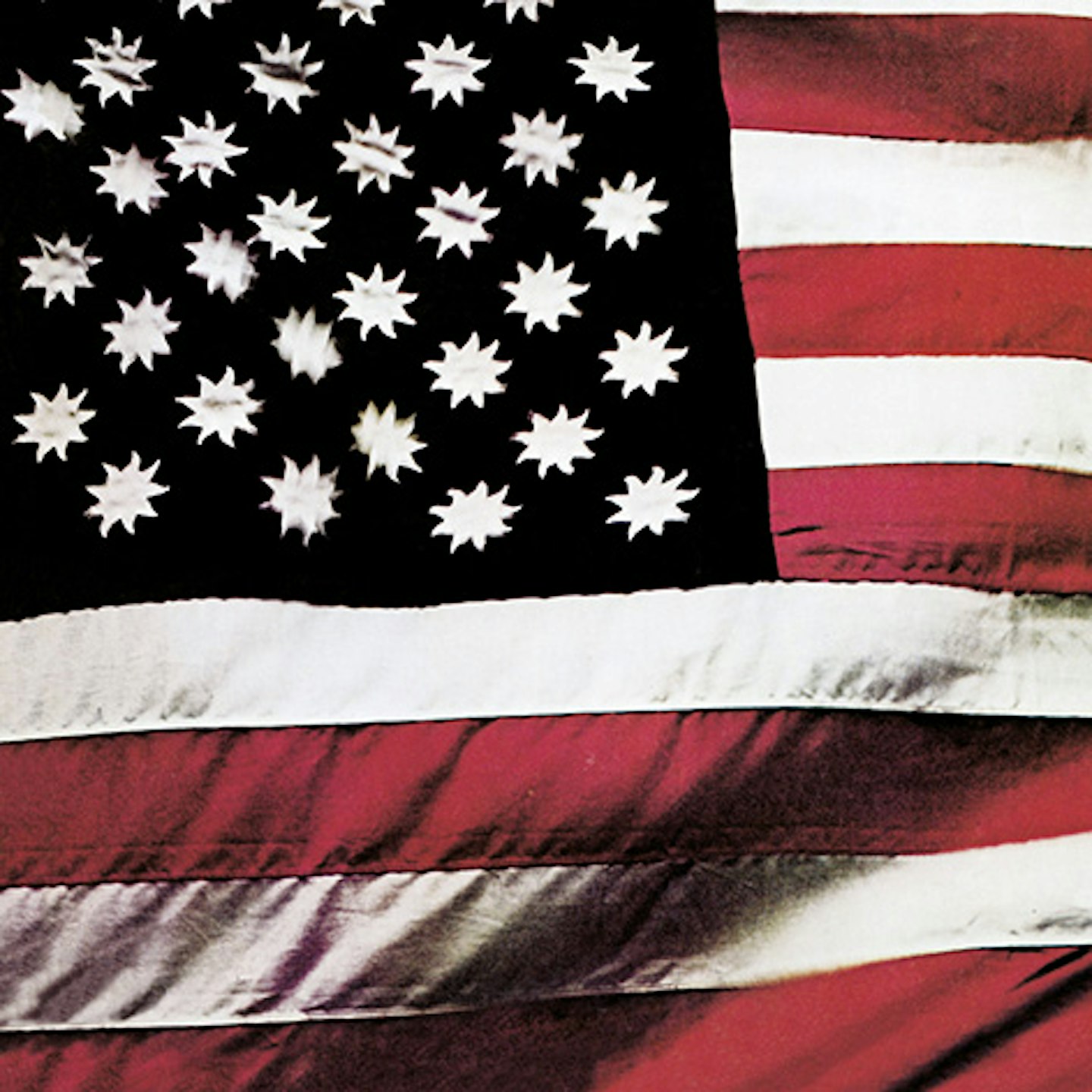
Where have all the good times gone? Recorded during reclusive, obsessive and drug-fuelled sessions in a Bel Air mansion, Sly’s riposte to his own hi-energy successes – Stand!, Woodstock triumph, Number 1 hit Thank You (Falettinme Be Mice Elf) – was this masterpiece. It has some of his catchiest melodies (Family Affair, Just Like A Baby, Runnin’ Away), but muddier, grittier rhythm tracks bubble on a mesh of guitar-bass-keyboards-synths under which lurks muted anger (Africa Talks To You), defiance (Brave & Strong) and drug paranoia ((You Caught Me) Smilin’). ”I’m a songwriter, a poet,” he sings in Poet, not a spokesman for a nation’s generation despite a Stars And Stripes cover.
Photo: Michael Putland/Getty
